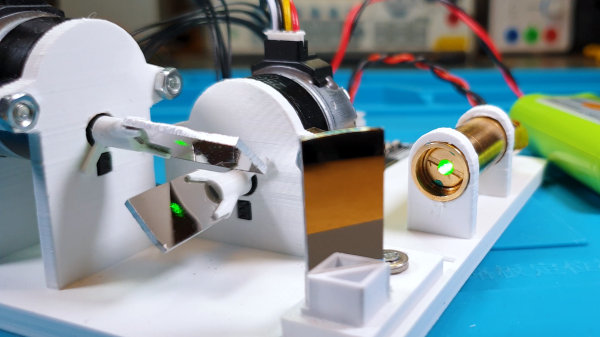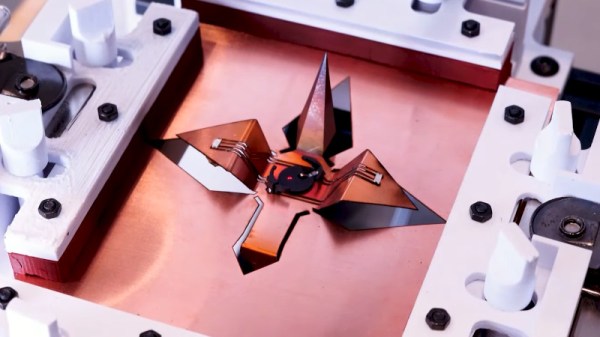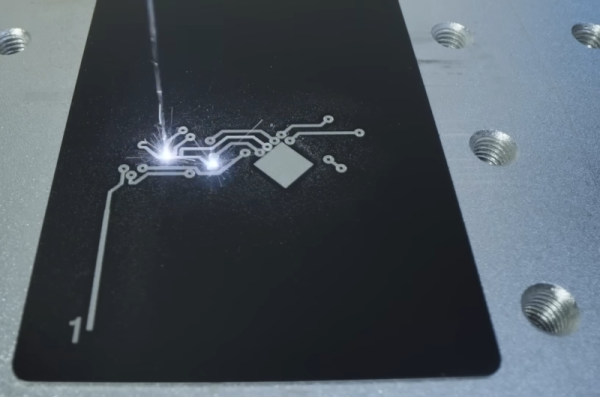The videos from [styropyro] are always amusing and informative. However, ironically for him, he is alarmed that many green laser pointers are more powerful than they are supposed to be. Sure, you often want a powerful laser, but if you think a laser is safe and it isn’t, you could… well… put an eye out. See the video below to see what [styropyro] claims is the brightest laser pointer in the world.
The key is a possibly gray market very large green laser array. It appears to have at least 24 lasers and some pretty serious lenses. He tested the array first with a power supply and it looked like something out of a bad science fiction movie, even at reduced power.

















